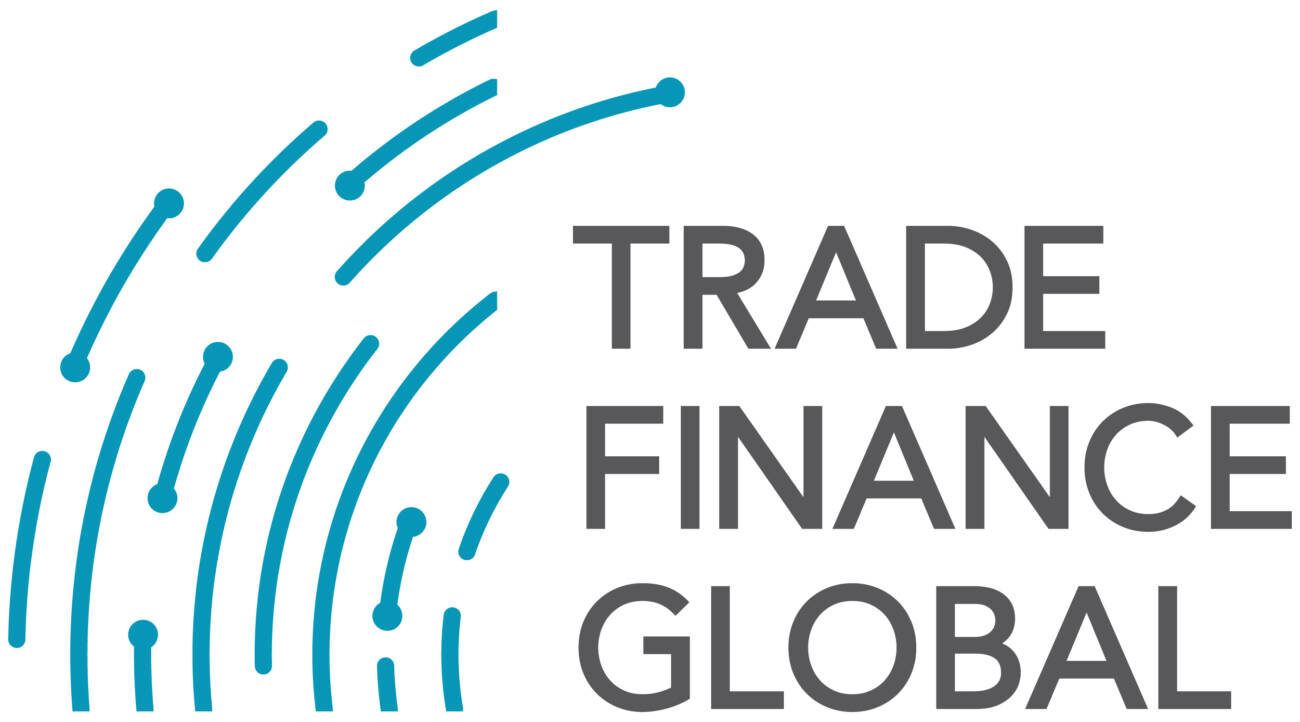Estimated reading time: 4 minutes
Understanding the challenge
As the polycrisis of nature, climate and social justice unfolds, the notion of ‘business as usual’ is being disrupted. Whilst Scope 1 and 2 GHG emissions are largely under the control of an organisation, Scope 3 are considered the ‘hidden’ emissions, intricately woven into a company’s supply chain.
Amounting to approximately 80% of an organisation’s total emissions, the enigmatic Scope 3 emissions, including those from waste, transportation, and distribution, are a major piece of the emissions puzzle.
As the tangible impacts of climate change become more prevalent, international businesses are increasingly recognising the need to manage and curtail Scope 3 emissions.
This has been exacerbated by new legislation emerging on an international level, and the recommendations of the Intergovernmental Panel on Climate Change (IPCC) that businesses must cut GHG emissions by 45% by 2030 and meet net-zero by 2050 (as enshrined in UK law in 2019).
Frameworks such as the EU’s Corporate Sustainability Reporting Directive (CSRD) call on businesses to disclose climate and sustainability risks and opportunities in unprecedented detail, requiring significant resources to comply.
Where to begin?
The challenges posed by Scope 3 emissions are multifaceted, demanding a holistic approach, in which supplier collaboration is key. Three essential steps for businesses across sectors to manage the challenge presented by Scope 3 include:
- Establish robust governance structures by forming a net-zero working group within your organisation. This ensures that emissions data collection and reporting processes are streamlined and reliable, paving the way to self-sufficiency. It also means that accountability is shared and the key stakeholders from across the business can collaborate for improved outcomes.
- Upskill your team to ensure a strong understanding of the interplay between the E, S and G of ESG. These issues are complex and historically haven’t been part of many roles’ day to day, so bringing employees along on the journey is critical for engagement and success.
- Seek guidance from professionals with expertise in GHG emissions and climate science to ensure that best practice is adopted. Leveraging technological solutions is a powerful vehicle to facilitate your net zero journey.
Case study: Engaging tier 1-3 suppliers across an international supply chain
The widespread reliance on Scope 3 emissions estimations is becoming the norm, yet can massively distort a company’s ESG portfolio by relying heavily on averages and ‘guesstimates’.
One approach to combat this, as ESG360° are currently piloting with a client, lies in collecting energy consumption data directly from your tier 1, 2 and 3 suppliers (as opposed to emissions data).
This builds greater governance structures, promotes supplier collaboration and ensures more reliable data is collected, as suppliers can provide accurate energy consumption data as opposed to estimated emissions totals.
The energy data can then be used to calculate emissions resulting in a robust process, less prone to error and better able to stand up to audit. This in turn provides businesses with a clear view of their full value chain emissions and allows them to create a comprehensive emissions reduction strategy.
Figure 1: ESG360°‘s value chain map, highlighting the key emissions data required from each tier of the value chain.
A final note: Going beyond the E of ESG
While the spotlight on carbon emissions data collection and decarbonisation is a huge milestone, the intricacies of ESG extend far beyond GHG emissions.
Significant risks such as human rights violations and biodiversity loss in the supply chain warrants equal attention and ambition to manage and should be integral to a business’s ESG strategy.
Simply put, by addressing E, S and G issues in silos and without adopting a systems view, businesses will fail to implement the changes necessary to ensure they can remain resilient in the face of future uncertainties.
To remain competitive and thrive in this new business reality, Scope 3 should be a key focus, in tandem with other social and governance risks and opportunities that ultimately impact enterprise value.

